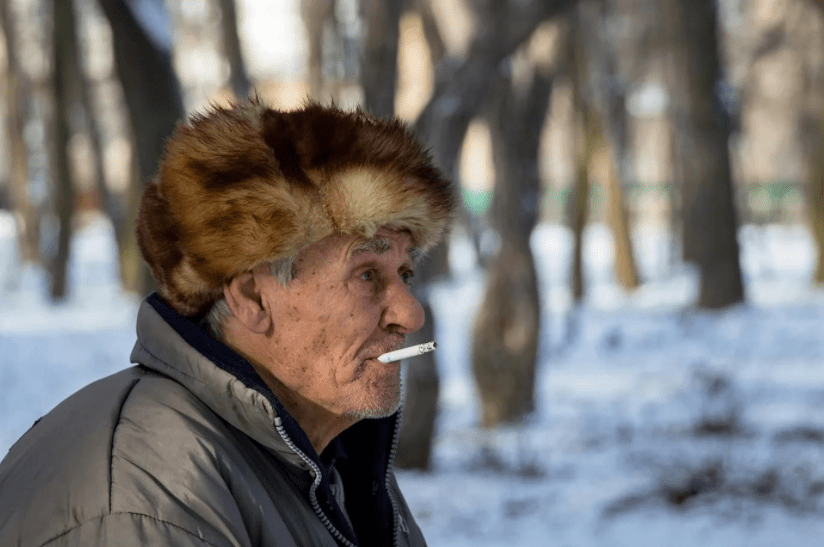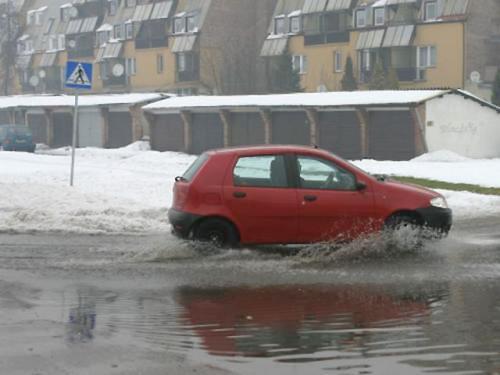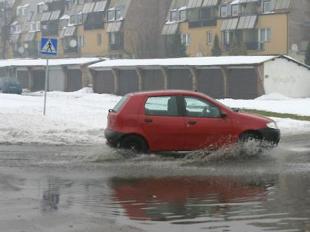
smoke more in winter
 Winter is a period when all components of the car are severely tested. The engine also consumes more fuel in cold weather.
Winter is a period when all components of the car are severely tested. The engine also consumes more fuel in cold weather.
 The main reason for increased fuel consumption is negative temperatures and the associated change in the condition of the road surface and driving conditions. A drop in temperature below minus 15 degrees dramatically affects the increase in fuel consumption required to cover the increased energy demand for heating the engine and the front of the exhaust system.
The main reason for increased fuel consumption is negative temperatures and the associated change in the condition of the road surface and driving conditions. A drop in temperature below minus 15 degrees dramatically affects the increase in fuel consumption required to cover the increased energy demand for heating the engine and the front of the exhaust system.
The lower the ambient temperature and the higher the speed, the greater the heat loss in the engine compartment, and not just in the radiator itself. If you increase the speed of movement from 20 to 80 km / h, the heat transfer coefficient in the radiator will increase three times. The operation of the thermostat, which switches the refrigerant path into the so-called large and small circuit, maintains only the temperature of the drive unit. The flow of frosty air passes through the engine compartment and strongly cools the radiator coolant, which leads to a decrease in the heating efficiency of the vehicle interior when driving at a speed of more than 80 km/h. This pattern is especially unpleasant for cars equipped with engines of low power and volume.
Cooling of the engine compartment can be prevented by using covers that block the main air flow to the radiator, but in accordance with the modern approach to operation, such elements are not included in the standard equipment of cars and, except for Polonez and Daewoo Lanos, are not for sale.
The derivative of low temperatures is an extended time for the drive to warm up to nominal operating temperature. And only after that the engine can be fully loaded. In winter, this period is several times longer than in summer. This process requires energy, which is contained in the fuel and is lost when the engine cools quickly. In winter, the engine burns a little more fuel when idling, because at low temperatures, the control system automatically increases the idle speed by 100-200 rpm, so that the engine does not go out on its own.
The third reason for the increased demand for fuel is traction. In winter, the surface is often covered with ice and snow. The vehicle's wheels slip and the vehicle travels less distance than the result of the movement of the road wheels. In addition, in order to overcome the increased driving resistance, we drive in lower gears more often at higher engine speeds, which effectively increases fuel consumption. The described reasons also include errors in driving technique - stronger gas pressure, delayed release of the clutch pedal caused by the use of warm shoes with thick soles.
In harsh winter conditions, especially when driving short distances, fuel consumption can increase by 50 to 100%. compared to catalog data. Therefore, when traveling in places with heavy traffic, make sure that the fuel tank is full.